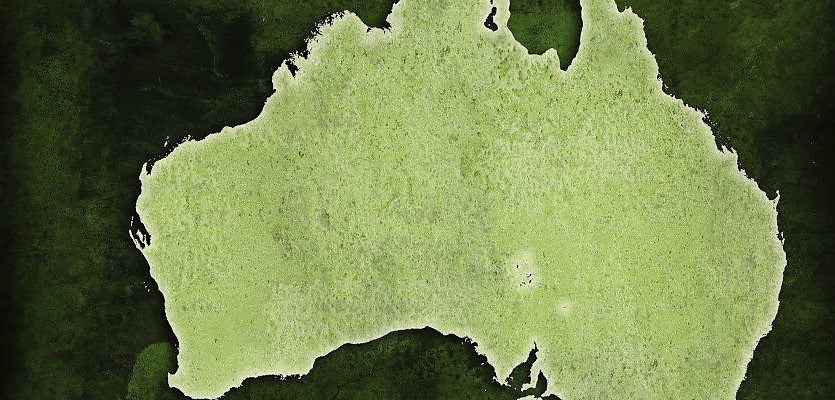Renewed interest from tree changers around the country has had a knock-on effect, pushing values up in locations close to capital cities, a new CoreLogic analysis has found.
According to analysis by Tim Lawless, CoreLogic’s head of research, there were three main factors behind the increased demand in tree changers.
The first was due to the “wealth effect”, with home owners, especially those in Sydney and Melbourne, previously seeing their own finances increase due to their property, as well as the rising number of Baby Boomers looking for holiday homes or downsizing options.
Telecommuting was the second factor, which allows for employees to work from home, thereby de-emphasising the need to travel to a physical location for employment.
Affordability is always an important choice and, in this case, is Mr Lawless’ third factor, as analysis showed hinterland properties tend to be priced lower than those in coastal or big city areas.
The analysis took a look at key hinterland markets in six states:
New South Wales
Unsurprising to some, the hinterland markets in NSW are on the more premium end of the market; the Southern Highlands area currently has a median price of $735,371, the Blue Mountains is currently at $619,778, while the Richmond Valley – Hinterland is more on the affordable end of the scale with a median price of $335,718.
In the short term of the last 12 months, these three areas have seen limited value growth, with the former two rising by 1.4 per cent and 3.2 per cent, respectively, while the Blue Mountains entered negative territory, declining by 0.7 of a percentage point.
Looking more mid-term over the last five years, a different picture is painted, with values in the Southern Highlands rising by 9.3 per cent, the Blue Mountains rising by 9 per cent and the Richmond Valley – Hinterlands area rising by 3.9 per cent.
Victoria
Also in the more premium side of the market, noteworthy hinterland markets in Victoria are the Yarra Ranges and the Macedon Ranges with median dwelling values of $674,944 and $700,664, respectively. In the short term of the last 12 months, the Macedon Ranges has performed exceptionally with a rise of 7.5 per cent in value change, while the Yarra Ranges has been underperforming, declining by 0.6 of a percentage point. In the mid-term of the last five years, however, the top performer switches, with the Macedon Ranges growing only by 2.6 per cent, while the Yarra Ranges has seen values rise by 7.8 per cent.
Queensland
Moving into more affordable territory, the Sunshine Coast Hinterland and Gold Coast Hinterland regions have median dwelling values of $539,292 and $593,954, respectively. Both these areas have experienced solid growth in the short and mid-term; in the last 12 months, the Sunshine Coast Hinterland value rose by 2.2 per cent while the Gold Coast Hinterland rose by 8.1 per cent, the largest rise out of all of the key hinterland markets. Over the last five years, the ranking stays the same, but the percentages normalise slightly; Sunshine Coast Hinterland saw values grow by 4.5 per cent and the Gold Coast Hinterland rose by 6.8 per cent.
Western Australia
The main hinterland regions for metropolitan Perth follow a similar trend to that of Perth itself: continued softening. Mundaring and Kalamunda currently have similar median dwelling values of $452,224 and $457,055, respectively. In the short term of the last 12 months, these values have declined by 4.3 per cent and 5.7 per cent, respectively, while in the mid-term of the last five years, the declines are less severe with drops of 3.8 per cent and 2.6 per cent, respectively.
South Australia
The Adelaide Hills region is the only noteworthy hinterland area, according to CoreLogic, that has seen little success, but success nonetheless. With a median dwelling value of $494,166, this has been a rise of just 0.8 of a percentage point in the short term of the last 12 months, and a rise of 2.1 per cent for the mid-term of the last five years. This puts Adelaide Hills as the smallest value growing hinterland market for both the short and mid-terms.
Tasmania
The Central Highlands of Tasmania is the most affordable hinterland region analysed, with a median dwelling value of $214,000, but it is delivering solid growth. In the short term of the last 12 months, the Central Highlands saw dwelling values rise by 6.8 per cent, and in the mid-term over the course of the last five years, dwelling values rose by 5.1 per cent.








You are not authorised to post comments.
Comments will undergo moderation before they get published.